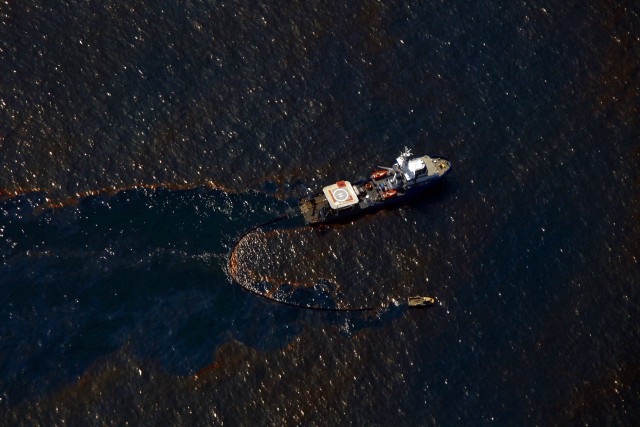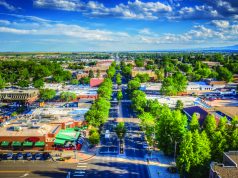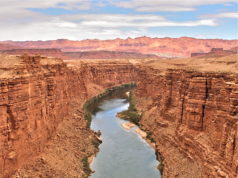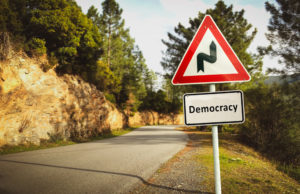
appeared to be working Monday as a mile-long suction tube captured
about a fifth of the crude spouting from a broken pipe and transferred
it to a waiting ship, company officials said.
The suction operation is not stopping the flow of
oil, but it is the first major success BP has achieved after weeks of
failure in trying to check the oil gusher rising from nearly a mile
below the gulf surface.
“We’re very encouraged by this,”
Engineers are slowly increasing the oil uptake and
could suck as much as half of the leak into the ship Enterprise, he
said. In the meantime, BP is working on what the company hopes will be
a more complete fix, a “top kill” operation that could be in place by
the end of the week.
The procedure involves pumping heavy liquid into the
blown-out well head to block the oil and water that is pouring into the
mangled riser pipe feeding the spill. “That should stop the flow,”
Suttles said.
Cement would then be pumped into the well hole to
permanently seal it. “There is absolutely no intent to ever, ever
produce this well,” Suttles said. “We intend to fill up the bottom
portion of this well with cement.”
As BP reported progress with the leak, a group of
U.S. senators asked the Justice Department to open an investigation
into whether the company made false statements regarding its ability to
respond to oil spills.
“BP has consistently understated the risks associated with the Deepwater Horizon oil drilling operation,” said Sen.
ability to respond to a catastrophic failure at the well site. The
American people have a right to know whether these misrepresentations
were intentional and if they violated federal, civil or criminal
statutes.” A BP spokesman declined comment.
The request came as Congress turned its attention to
the U.S. Minerals Management Service’s enforcement of environmental and
safety rules.
“It seems to me that the Minerals Management Service
did not ask enough of you and the other oil companies doing deep-water
drilling,” Sen.
Also on Monday, Minerals Management said that
who oversees offshore drilling programs, will retire at the end of the
month. And the White House said it will establish an independent
commission to investigate the spill, in the mold of the commissions
that looked into the
An administration official, speaking on condition of
anonymity, said the commission will be empowered to investigate “a
range of issues including: industry practices; rig safety; federal,
state, and local regulatory regimes; federal governmental oversight,
including the structure and functions of (the Minerals Management
Service); and environmental review and other protections.”
Federal officials downplayed weekend reports that
large plumes of oil had been found below the surface by a research ship
team. The scientists detected what they think are hydrocarbons in the
water, said
coordinator within the federal National Ocean Service. But the water
samples are not cloudy with oil and have not been analyzed.
“We don’t even know for sure what is in those samples,” Henry said.
Suttles said that when he flew over the spill Monday
morning, it appeared on the surface to be the smallest since
containment efforts had begun. But there are concerns that the slick is
brushing up against the Loop Current, which curls around the central
In the worst-case scenario, the loop could carry oil up the coast of
The Coast Guard said the bulk of the oil remains
miles from the current, although a branch of the slick is approaching
it. “But it has not entered the Loop Current,” Coast Guard Rear Adm.
The Interior Department said it has continued to
issue some permits to modify existing drilling operations in the gulf
since President
The permits that have been issued allow existing
operations to drill around mechanical problems in a previously
permitted well, or to drill to a new target from an existing well bore.
Interior officials said those permits are often issued for safety
reasons and only to operations that have passed a new round of safety
inspections.
(Boxall reported from
———
(c) 2010, Los Angeles Times.
Visit the Los Angeles Times on the Internet at http://www.latimes.com/
Distributed by McClatchy-Tribune Information Services.














